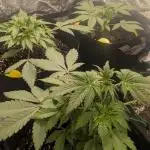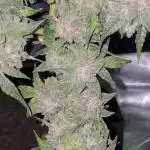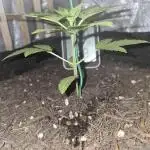Maxicrop is a company from USA that delivers to the market organic seaweed from the Norwegian coastline. Seaweed is popular non-polluting renewable resource.
The Grow Awards 2026 🏆 
 Critical Purple Kush
Critical Purple Kush







Show more
Awards Show All Diaries

15 weeks
Critical Purple Kush Seedsman 12/31/21Loserofthemonth Critical Purple Kush
Critical Purple Kush4y ago · 39 comments
products Show All
Popular Diaries Show All Diaries
New Diaries Show All Diaries
Latest reviews Show All reviews
Grow Questions Show all Grow Questions
Solved

Rabidreject
Question about videoOh does anyone know if I can get rid of those annoying lines...
Week 4
Other. Other
5y ago
1
4
Open

Rabidreject
Does this look right to you?I have these wierd looking tips coming from the crowns on th...
Week 13
Buds. Not fattening
5y ago
2
Solved

novice_nugs
Brown spots on one plantOne of my northern lights plants has this on some leaves is ...
Week 9
Leaves. Other
6y ago
1
5
Open

WeednGuitars
Does it look too small for it's age?It has been a bit over a month now, some are telling me it&#...
Week 5
Plant. Too short
6y ago
2
2

























 2 strains
2 strains

 +4 strains
+4 strains


























